- The 2023 Genesis Electrified GV70 marks the first car from the luxury automaker ever to be built outside of South Korea.
- Genesis plans on expanding its sales dramatically in the coming years and will be an all-electric brand by 2030.
- Production of the Electrified GV70 is fascinating to watch, including autonomous driving robots and special paint guns.
We Watched Genesis Build an Electrified GV70 at Its Alabama Facility
An EV twist on a best-seller, now made in America
Genesis is facing a real turning point in its master plan. The South Korean luxury brand, now in its seventh year in the U.S. market, is racing toward an ambitious goal of selling only EVs by 2030. More all-electric products like the GV60 are an inevitability, but Genesis is also expanding its efforts to produce gas and EV versions of the same product. The 2023 Genesis Electrified GV70 marks the next stepping stone and an important landmark in the company’s history.
We traveled to Montgomery, Alabama, to witness the new EV roll through the production line from start to finish. Domestic production is not only an important logistical decision for Genesis, but the only hope for the Electrified GV70 to qualify for any federal incentive.
Sweet home Alabama
Established in 2005, Hyundai Motor Manufacturing Alabama (HMMA) is a massive compound, roughly 20 minutes outside of downtown Montgomery. The facility has produced multiple iterations of Hyundai cars over the years, and now for the very first time, a Genesis joins the lineup. We were invited with a small group of other media outlets to tour the factory and witness some of the very first Electrified GV70s roll off the line.
Immediately striking is just how flexible this facility is. At any given time, employees are building the Santa Fe, Tucson, Santa Cruz, Elantra and now Electrified GV70 — all following each other in line one after the other. Though Genesis executives were beyond coy when asked about production targets for the Electrified GV70, they did confirm that the car is currently being built only during the plant’s day shift. If higher demand comes quickly, they say they're ready to produce more cars. Whether or not Genesis has a surplus of batteries to achieve this is another mystery.
The assembly line itself is a mix of automation and manual labor, from the initial metal stamping all the way to the finishing checks and verification. HMMA had to update certain areas of the facility to handle a Genesis model while still accommodating the four Hyundai models that need building. An example of this is the paint shop, where robotic spraying arms can identify which car is coming in for spraying. If a GV70 is detected, the robots eject the clear coat used for Hyundais and switch to the Genesis-specific liquid instead. This is done in a matter of seconds to keep production moving.
But by far the most interesting part is Genesis’ clever solution of installing the battery pack into the car. Rather than add complexity during the assembly process, the battery is the final component to be installed — done after the car exits the line in a new area of the factory.
Autonomous driving platforms, or “ADVs,” pick up the lifeless GV70 by the wheels and move it via a series of QR codes on the floor. From there, the car gets lifted into the sky where a team of employees brings the battery over (with help from a machine) and installs it by hand. With computers double-checking the torque on the bolts and all of the electrical connectors, the process comes to a close. For now, the factory can handle six battery marriages per hour. As more EVs eventually trickle into the plan, there’s bound to be a faster solution, but for what could be a relatively low-volume car in the Electrified GV70, the robot ballet works just fine.
The Electrified playbook
During an interview Jarred Pellat, senior manager of PR and communications, was asked if the combustion/electric platform sharing was a placeholder strategy for Genesis. He responded by saying that the “GV70 was designed from its inception to offer both forms.” This is just like the G80 sedan, and if we had to guess, the GV80 SUV at some point in the future. From the company’s perspective, the (Edmunds No. 1 ranked) GV70 is selling like hotcakes, so another version of the compact SUV can only be a good thing.
We asked Ted Mengiste, vice president of sales operations, how much of the GV70 sales would the Electrified model account for and he chose not to give any specifics. “We think that we will sell every one that we make,” he said.
Whether or not the Electrified GV70 achieves big numbers remains to be seen. However, the company hopes to expand its overall U.S. sales dramatically. Last year, Genesis sold just over 56,000 units in the States, and it's eyeballing a figure roughly double that size in 2025, according to Mengiste. Adding electric variants to its core models could be a crucial component in achieving the lofty goal.
Edmunds says
We’ll publish our first drive experience with the Electrified GV70 in the coming weeks, right as it’s scheduled to go on sale. With that story still to come, we can appreciate the bold steps taken by Genesis to shift manufacturing duties domestically. It’s another sign of strength from a brand that just can’t seem to lose.
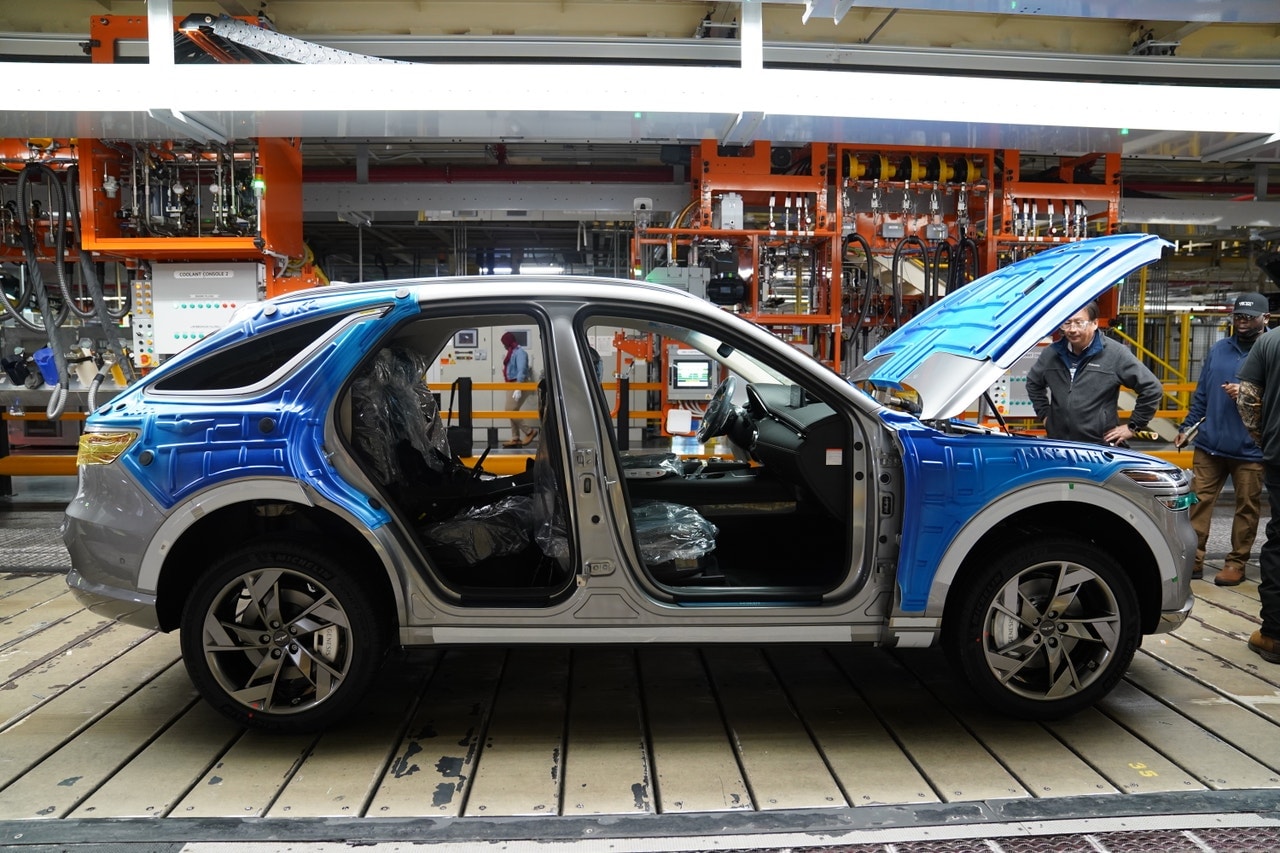
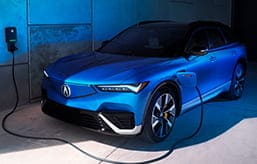
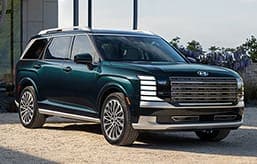

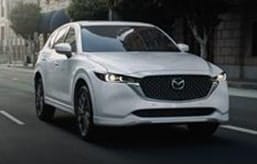
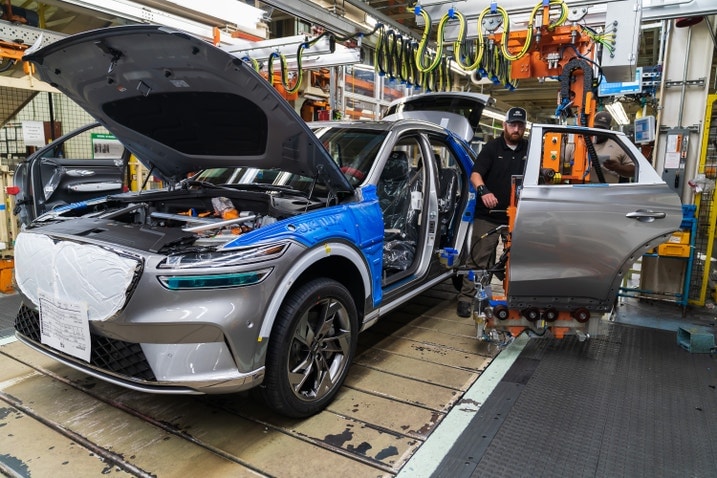
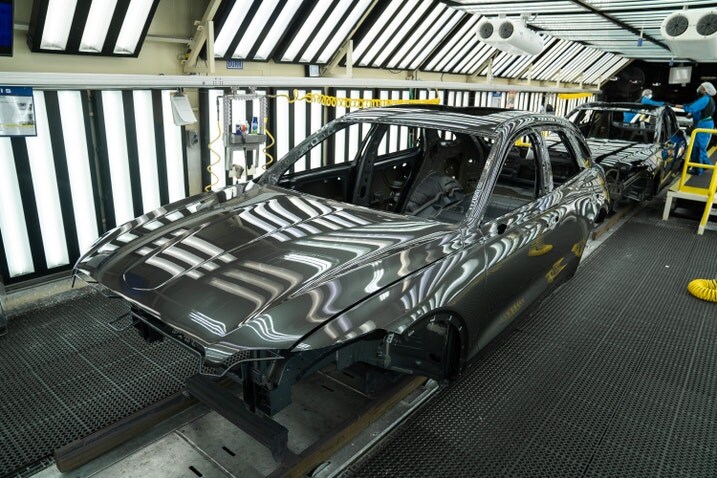
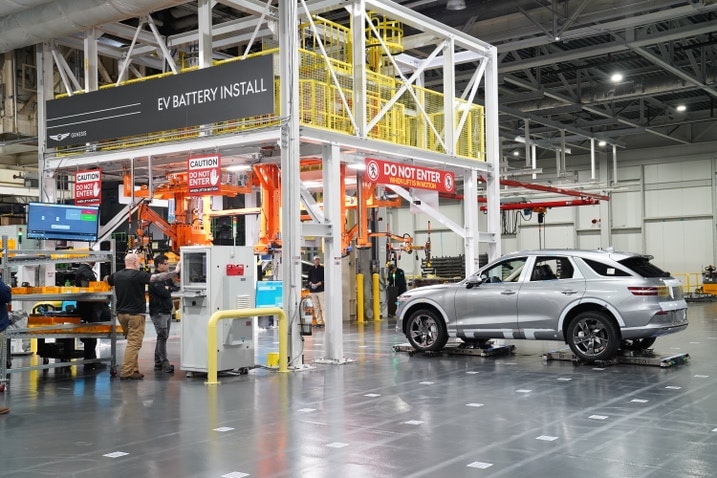
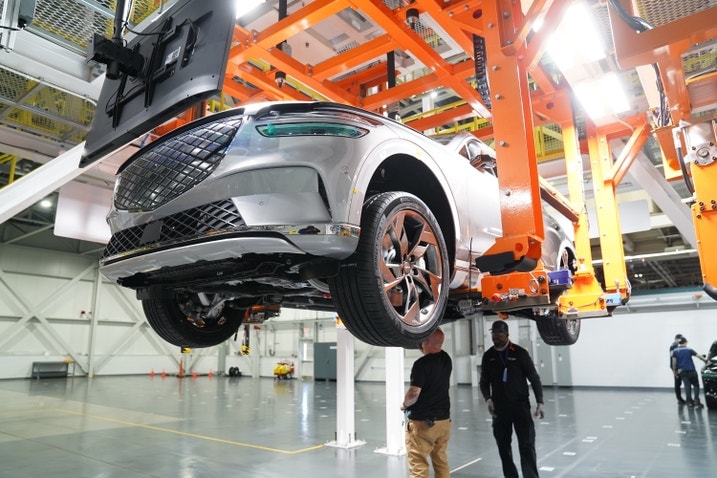
 by
by